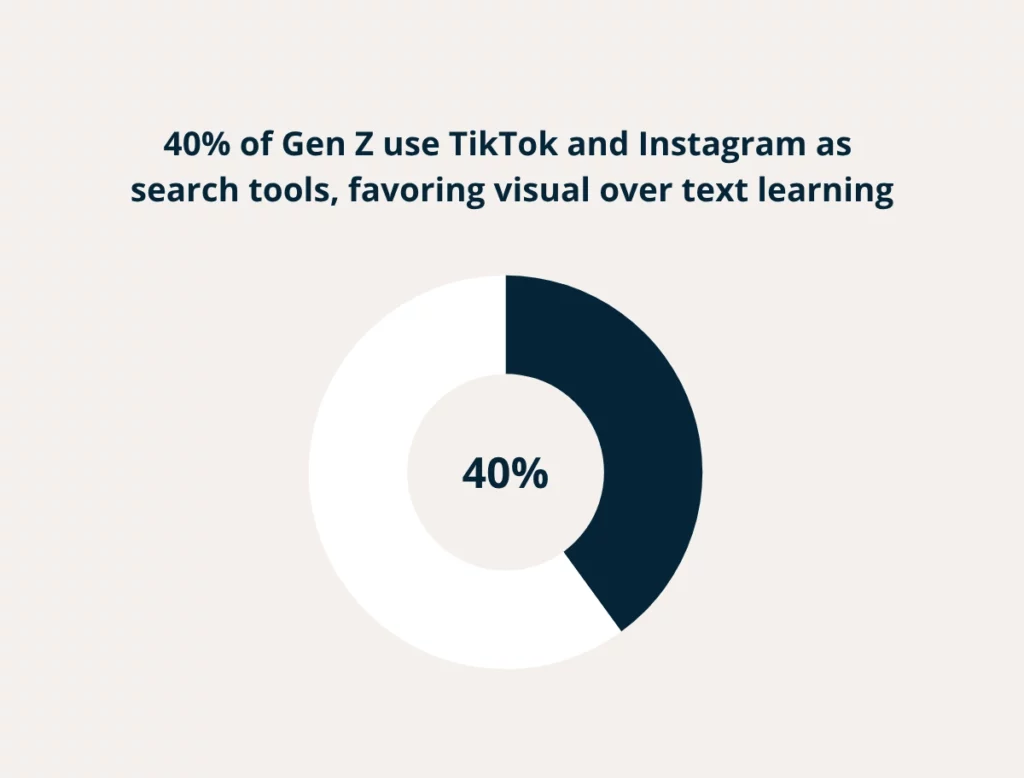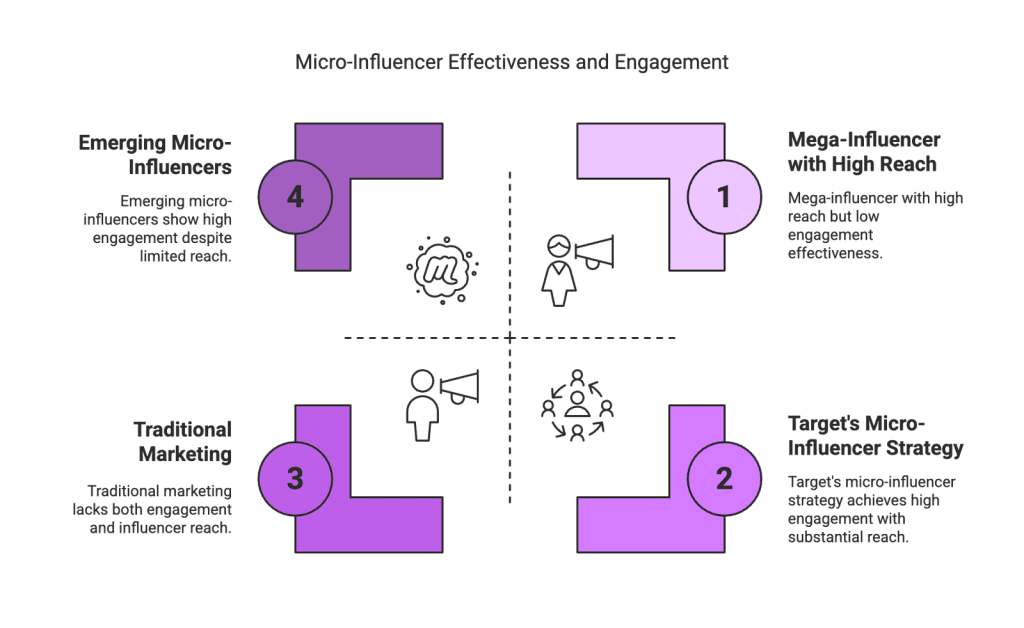Ever clicked on an ad without really knowing why? Or felt inexplicably drawn to a product just because of how it was presented? That’s neuromarketing at work—a blend of neuroscience and marketing that’s quietly reshaping how brands grab (and keep) your attention. Here’s the deal: it’s not about flashy gimmicks anymore. It’s about hacking the brain’s shortcuts.
The Science Behind the Sizzle
Neuromarketing isn’t mind control—it’s more like a backstage pass to how our brains process ads. Tools like EEGs, eye-tracking, and facial coding measure subconscious reactions. For instance, did you know 90% of purchasing decisions are subconscious? That’s why colors, fonts, and even placement aren’t just aesthetic choices. They’re triggers.
Key Brain Hacks in Modern Ads
Here’s how neuromarketing tweaks ad design:
- The “F” Pattern: Eye-tracking shows we scan screens in an F-shape. Ads now place headlines and CTAs along those lines.
- Dopamine Drops: Scarcity (“Only 3 left!”) or urgency (“Sale ends tonight!”) exploit reward pathways.
- Mirror Neurons: Ads with smiling faces or relatable scenarios make us subconsciously mimic the emotion—and the intent to buy.
Ad Placement: The Invisible Hand Guiding Your Eyes
Ever noticed how YouTube ads often cut in right before the climax of a tutorial? Or why Facebook ads hug the right sidebar? That’s not random. Heatmaps reveal where our gaze lingers. For example:
| Platform | Hotspot | Why It Works |
| First 3 posts | Peak attention span | |
| Google Search | Top 3 results | Trust + visibility |
| News Sites | Above the fold | Pre-scroll engagement |
Brands even use “saccades”—the tiny jumps our eyes make—to predict where we’ll look next. Creepy? Maybe. Effective? Absolutely.
The Emotional Shortcut: Why Feelings Beat Facts
Logic makes us think. Emotion makes us act. Neuromarketing leans hard into this. Take Coca-Cola’s “Share a Coke” campaign. Personalization tapped into the brain’s love for recognition—sales jumped 7% in a flat market. Or Apple’s minimalist ads? They trigger the “less is more” bias, reducing cognitive load.
Sound, Color, and the Subconscious
Minor details with major impact:
- Audio: McDonald’s uses a 5-note jingle because short, repetitive sounds stick in memory.
- Color:
- Red = urgency (think clearance sales)
- Blue = trust (banks, tech giants)
- Movement: Our peripheral vision detects motion faster—hence, looping GIFs in banner ads.
Ethics? The Elephant in the Room
Sure, neuromarketing works. But is it manipulative? Critics argue it exploits vulnerabilities—like targeting kids with sugary cereals using cartoon mascots (hello, dopamine!). Others counter that it’s just… smarter marketing. Either way, transparency’s becoming a selling point. Brands like Patagonia now flaunt their “no neuromarketing” stance to appeal to conscious consumers.
Where This Is All Heading
Imagine ads that adapt in real-time based on your pupil dilation. Or AI-generated visuals tailored to your brain’s unique wiring. We’re already seeing hints of this—Netflix’s thumbnails change based on what you’ve watched. The future? Ads might feel less like interruptions and more like… well, exactly what you wanted to see.
So next time an ad feels eerily perfect, remember: it’s not magic. It’s neuroscience.



